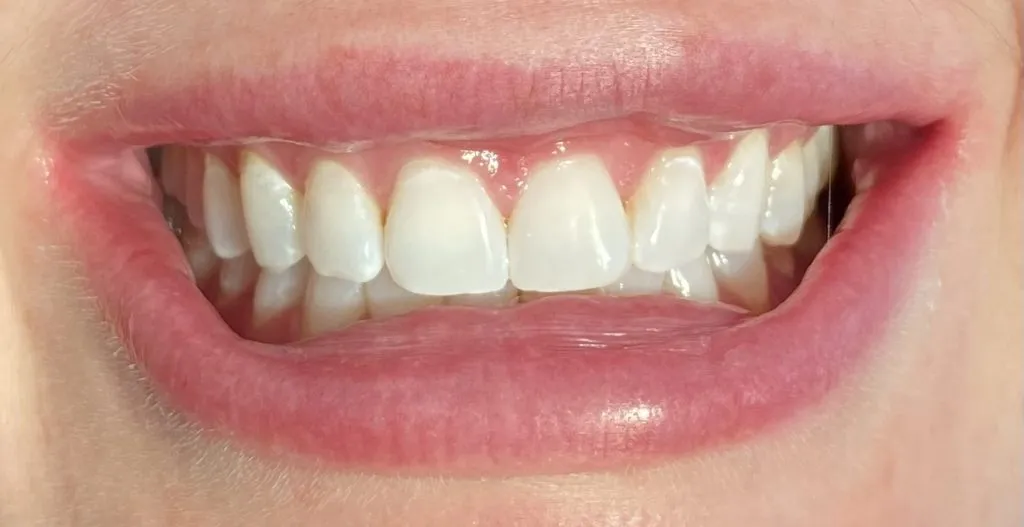What is Teeth Zoom Whitening?
Teeth Zoom whitening is a popular in-office cosmetic dental procedure designed to lighten the color of your teeth. It utilizes a powerful bleaching agent, typically hydrogen peroxide, that is applied to the teeth. The process is often accelerated by a special blue light, which enhances the whitening effects. This method is known for its ability to deliver noticeable results in a single session, making it a convenient option for those seeking a brighter smile. The procedure typically involves a thorough cleaning of the teeth followed by the application of the whitening gel. After the gel is applied, the blue light is directed at the teeth for a set period, often in intervals, to activate the whitening process. This procedure is performed under the supervision of a dental professional, ensuring a safe and controlled environment.
How Does Zoom Whitening Work?
The effectiveness of Zoom whitening is rooted in the chemical reaction of the bleaching agent. The hydrogen peroxide breaks down into oxygen molecules, which penetrate the enamel and dentin of the teeth. These oxygen molecules then react with the stain molecules, effectively breaking them apart. This process reduces the concentration of stain molecules, making the teeth appear lighter. The blue light used in the Zoom whitening process serves as a catalyst, accelerating this chemical reaction and enhancing the whitening effect. Before the procedure, the dentist will take steps to protect the gums and soft tissues from the bleaching agent. This often includes the application of a protective barrier around the gums to prevent irritation. Following the procedure, patients are typically advised to avoid certain foods and drinks that can stain the teeth, helping to maintain the whitening results.
Why is Teeth Zoom Whitening Sometimes Painful?

While Zoom whitening is effective, it can sometimes be associated with pain or discomfort. This discomfort primarily stems from tooth sensitivity, which is a common side effect of the bleaching process. The bleaching agent can penetrate the enamel and reach the dentin, which contains the nerve endings of the teeth. This can lead to temporary sensitivity to hot, cold, or pressure. The intensity of the pain varies from person to person, and the sensitivity usually subsides within a few days after the procedure. Furthermore, factors such as gum irritation, pre-existing dental conditions, and the expertise of the dental professional can influence the level of pain experienced during and after the treatment. It is essential to understand these factors to manage expectations and prepare for the procedure effectively.
Tooth Sensitivity
Tooth sensitivity is the most prevalent cause of discomfort during and after Zoom whitening. The bleaching agent, typically hydrogen peroxide, can permeate the enamel and reach the dentin, irritating the nerve endings. This can cause sharp, shooting pains when exposed to temperature changes or pressure. Sensitivity levels differ depending on the individual’s enamel thickness, pre-existing sensitivity, and the concentration of the bleaching agent used. Dentists often employ strategies to minimize sensitivity, such as using lower concentrations of the bleaching agent, applying fluoride treatments, or recommending desensitizing toothpaste before and after the procedure. Understanding the potential for sensitivity allows patients to prepare and manage their expectations, ensuring a more comfortable experience.
Gum Irritation
Besides tooth sensitivity, gum irritation can also contribute to discomfort during Zoom whitening. The bleaching agent can come into contact with the gums, leading to inflammation, redness, and soreness. Dentists take precautions to protect the gums by applying a protective barrier before starting the procedure. However, some contact may still occur, particularly if the barrier is not perfectly applied. Patients may experience a mild burning sensation or discomfort in the gums. Proper aftercare, including avoiding harsh brushing and using a soft toothbrush, can help alleviate gum irritation. In some cases, dentists may recommend anti-inflammatory medications to reduce swelling and discomfort. It is crucial to inform the dentist if any gum irritation is felt during the procedure, so they can adjust the process accordingly.
Existing Dental Issues
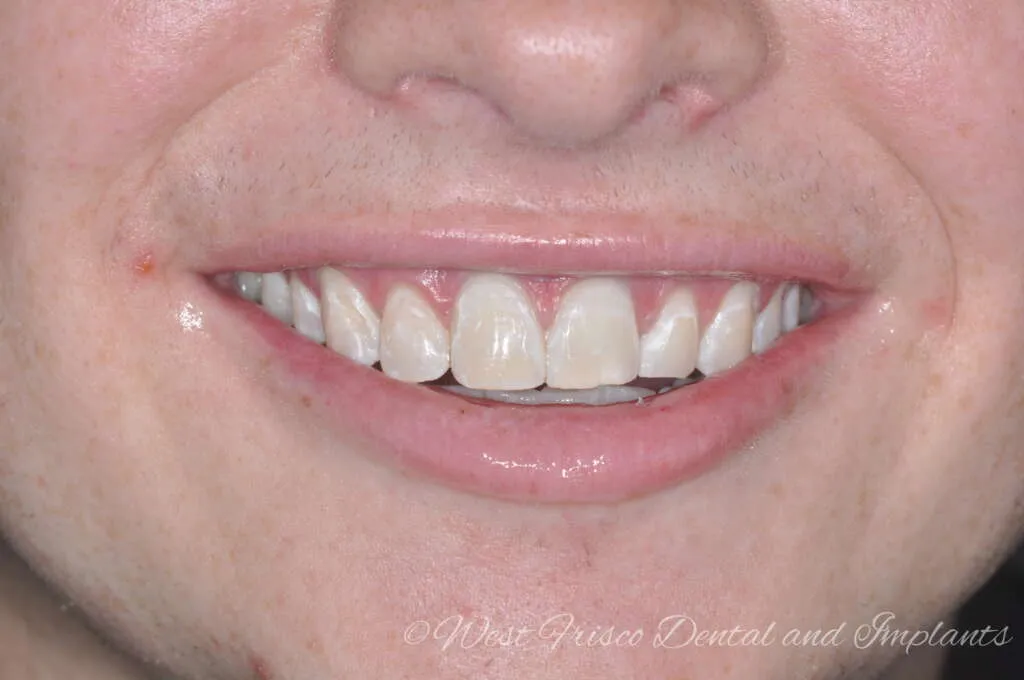
Pre-existing dental conditions such as cavities, cracks, or gum disease can heighten the pain experienced during Zoom whitening. The bleaching agent can seep into damaged areas of the teeth, causing increased sensitivity and discomfort. Patients with existing dental issues should address these problems before undergoing the whitening procedure. Dentists will typically perform a thorough examination to identify any pre-existing conditions. They might recommend treatments such as fillings or periodontal therapy before the whitening process. Ignoring these issues can exacerbate pain and may compromise the results of the whitening treatment. It is essential to have a healthy mouth before starting any cosmetic dental procedures to ensure the best outcome and minimize potential complications.
Professional Factors that Impact Pain
The Experience of the Dentist
The dentist’s experience and skill significantly influence the level of pain experienced during Zoom whitening. A skilled dentist is adept at applying the bleaching agent precisely, minimizing contact with the gums. They also know how to manage the procedure to reduce sensitivity. A more experienced dentist is better at identifying potential issues and adjusting the process to accommodate the patient’s needs and sensitivities. Choosing a qualified dentist with a good track record and positive reviews can enhance the overall experience and minimize any discomfort. It’s advisable to ask about the dentist’s experience with Zoom whitening and any specific steps they take to reduce pain.
The Quality of Products Used
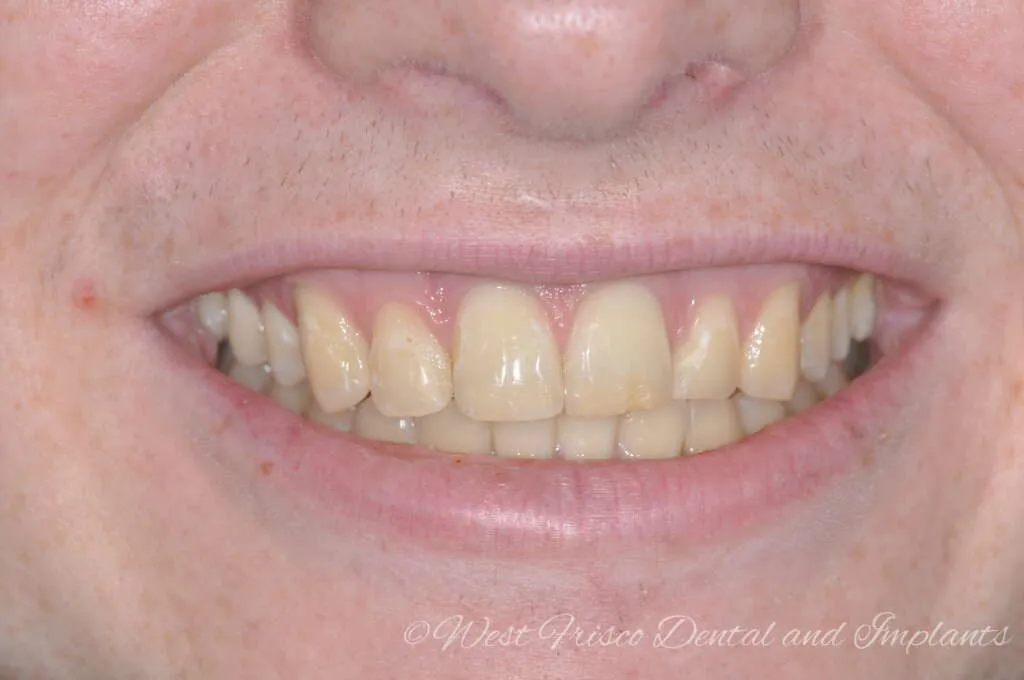
The quality of products used in Zoom whitening also impacts the experience. High-quality bleaching agents and protective barriers are more effective at achieving the desired results while minimizing pain and discomfort. Some dentists opt for gentler bleaching agents or use desensitizing treatments as part of the process. Using top-notch products ensures that the procedure is performed to the highest standards, reducing the chances of sensitivity or irritation. Patients should inquire about the specific products used by the dentist and their safety and effectiveness.
How to Minimize Pain During Zoom Whitening
Consultation and Pre-Treatment
Before undergoing Zoom whitening, a thorough consultation with your dentist is crucial. Discuss your dental history, any pre-existing sensitivities, and your concerns about pain. Your dentist can assess your oral health and identify any potential risk factors that could increase discomfort. They might recommend pre-treatment options such as using desensitizing toothpaste for a few weeks before the procedure. If you have a history of sensitive teeth, inform your dentist so they can take extra precautions during the process. This pre-planning can significantly enhance your experience and minimize pain.
Sensitivity Relief Products
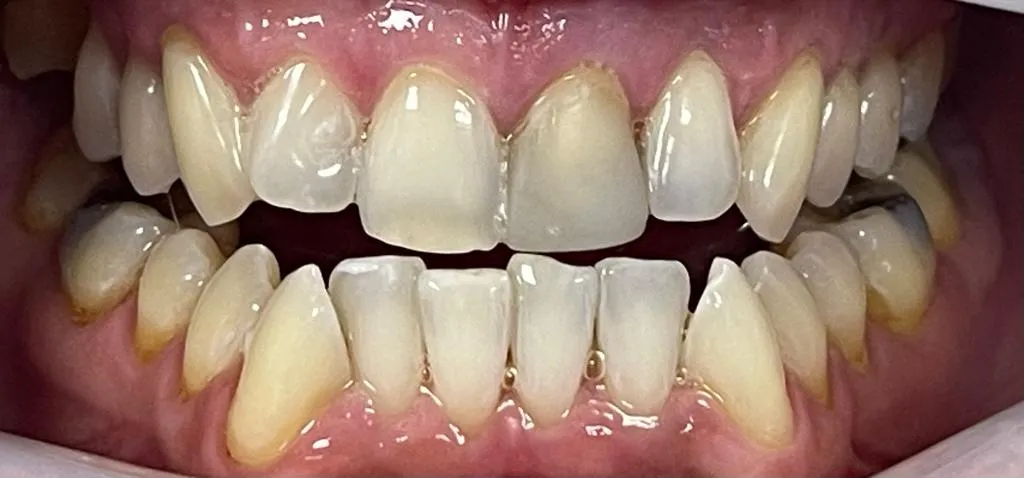
Several products can help reduce tooth sensitivity during and after Zoom whitening. Your dentist may recommend using a desensitizing toothpaste containing potassium nitrate or fluoride for a few weeks before and after the treatment. Fluoride treatments applied by the dentist can strengthen the enamel and reduce sensitivity. Over-the-counter pain relievers like ibuprofen can help manage any discomfort. Avoiding acidic foods and drinks that can further irritate the teeth is also advisable. Following the dentist’s recommendations for sensitivity relief can make the whitening process more comfortable.
Proper Aftercare
Proper aftercare is essential for minimizing pain and maintaining the results of Zoom whitening. Avoid very hot or cold foods and drinks for the first few days after the procedure. Use a soft-bristled toothbrush and brush gently to prevent irritation. Avoid highly pigmented foods and drinks, such as coffee, tea, and red wine, which can stain the teeth. Follow the dentist’s instructions regarding the use of sensitivity relief products. Regular dental check-ups and cleanings will help maintain your bright smile and prevent any issues.
Other Considerations Before Getting Zoom Whitening
Cost
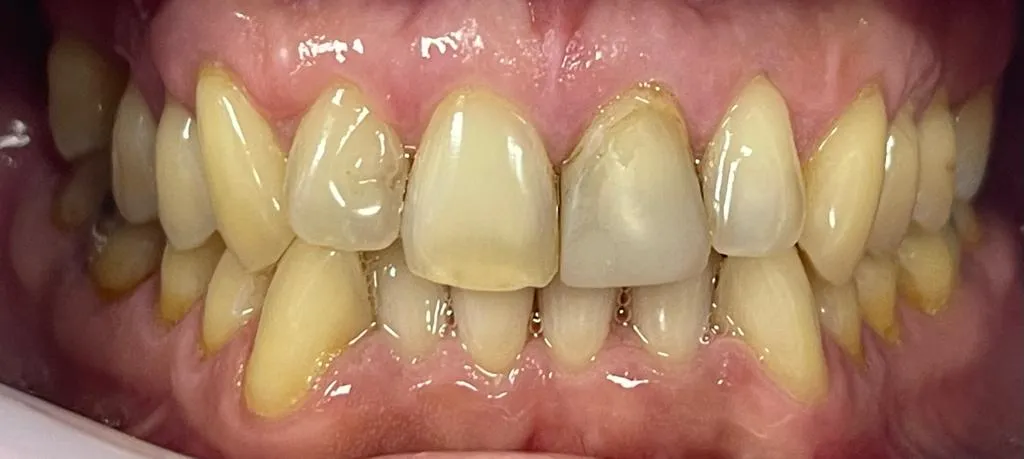
The cost of Zoom whitening can vary depending on your location, the dentist’s fees, and the specific products used. Inquire about the total cost, including any pre-treatment or aftercare expenses, during your consultation. Consider whether the benefits of the procedure outweigh the financial investment. While Zoom whitening is a cosmetic procedure and is generally not covered by insurance, financing options may be available. Compare prices from different dental practices and ensure the cost includes the expertise of the dentist and the use of quality products. Make sure you understand all the costs involved to avoid any surprises.
Alternatives to Zoom Whitening
If you are concerned about pain or sensitivity, several alternatives to Zoom whitening are available. Over-the-counter whitening strips and toothpastes can lighten teeth gradually. Your dentist can create custom-fitted trays for at-home bleaching, using a gentler concentration of the bleaching agent. These methods typically produce less sensitivity than in-office treatments. Another option is cosmetic dentistry procedures such as veneers or bonding. These procedures can address more significant discoloration and cosmetic issues. Discuss the pros and cons of each option with your dentist to determine the best fit for your needs and sensitivity tolerance. Consider alternatives to Zoom whitening to get a brighter smile.
In conclusion, while teeth Zoom whitening can sometimes be associated with pain, understanding the causes and taking proactive steps can significantly minimize discomfort. Choosing a qualified dentist, undergoing a thorough consultation, and following proper aftercare instructions are key to a successful and comfortable whitening experience. With the right approach, you can achieve a brighter smile with minimal pain and enjoy the benefits of teeth whitening.
